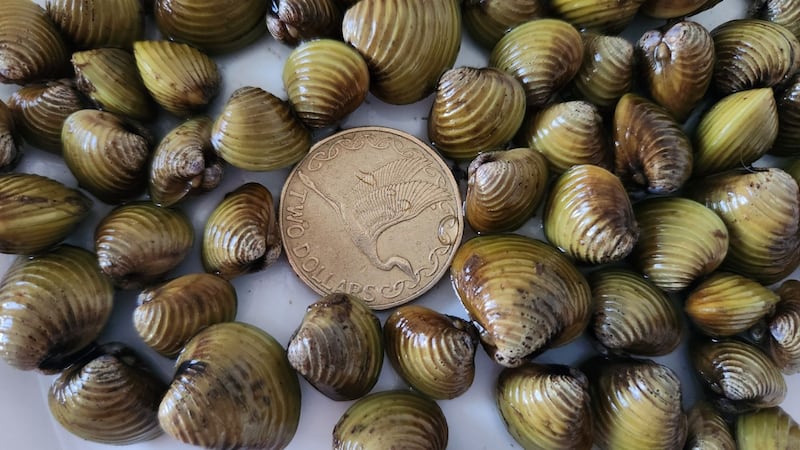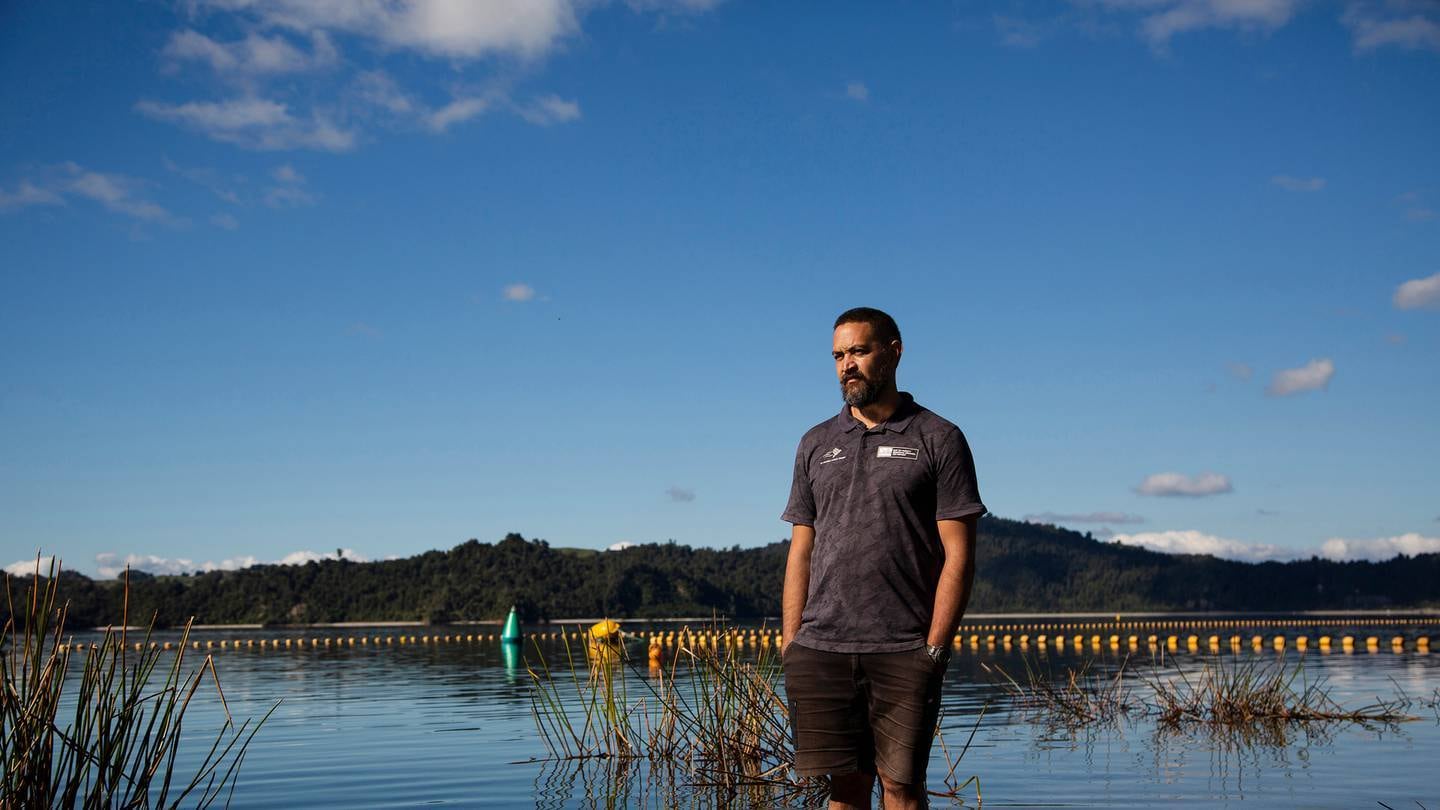Te Arawa descendants are leaving nothing to chance to protect their taonga species from invasive freshwater pests.
A group of iwi entities involved in an experimental control harvest trial has discovered 125 kilograms of gold clams along the Waikato River.
The invasive clams were first found in April and originated in Asia.
The iwi entities involved are Waikato-Tainui, Tūwharetoa, Ngāti Haua, Te Arawa River Iwi, Raukawa, Maniapoto, Ngāti Koroki Kahukura and the Waikato River Authority.
Te Arawa Lakes Trust biosecurity manager William Anaru (Te Arawa, Te Whānau a Apanui) said the invasive clams had not made their way down to Rotorua yet.
“As soon as we found out about them, we tried to figure out how we could shut down or restrict access to the lakes. There’s no way we could do it.
Not in the lakes yet
“So straight away, with the regional council, our dive team jumped in the water and we did surveillance around all the boat ramps [and] most popular lakes, and we didn’t find any.
“Niwa [the National Institute of Water and Atmospheric Research] came to do DNA samples and visual inspections, and they [haven’t found] any yet.
“So we don’t have them in our rohe yet.”
The Ministry for Primary Industries said the clams were hermaphrodites, which means they’re both male and female, and could reproduce 400 fully formed clams a day (70,000 a year).
The gold clams, also known as Asian clams, can feed on plankton, which is what most native species survive on.
Anaru said their main concern was the protection of their own native taonga species, which would be harmed if the clams were found in Te Arawa lakes.
Displacing taonga
“What I’m really worried about with this gold clam is how it’s going to displace our taonga species, like kākahi.
“These clams will probably invade the same habitat that the kākahi are living in and displace them.
“The kākahi will probably die off because the clams can smother them.

“That’s probably something that we might see, but we don’t want to test that theory to find out.”
Anaru said in the majority of the Te Arawa lakes, certain taonga species were doing better than others, but adding another factor to their environment may see the extinction of some.
“We’ve got plastic pollution, human waste, climate change, pests.
“Adding another pest to the ring is gonna make things harder for them all.”
Te Arawa Lakes Trust is working with the Iwi Communication Collective to begin a campaign identifying the health and safety steps that should be taken when fishing or diving from one waterway to another.
Anaru said this was an iwi approach to help warn people about the clams, especially when crossing between waterways.
Toxic to eat
“Say you’re fishing in Karāpiro and you’ve got your waders on or whatever - you could have a small baby clam attach itself to the joints in your waders.
“Then you could bring it back home, they could fall off, and then, you know, we’ve got the problem over here.
“Everyone is welcome to come to our lakes. Just as long as you make sure to check, clean and dry.”
Anaru warned people not to eat them.
“What these clams do is that they take the toxins that are in the water and they hold on to them.
“So if you eat them, you’re eating some pretty nasty things.
“But when you eat something, you give it value. We don’t really want these things to have any value in our wai.”




